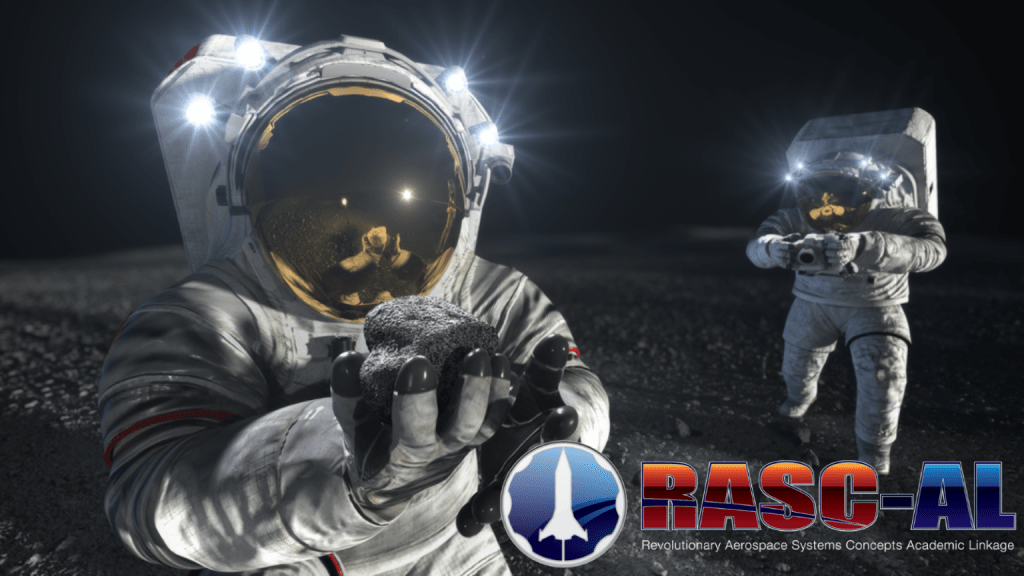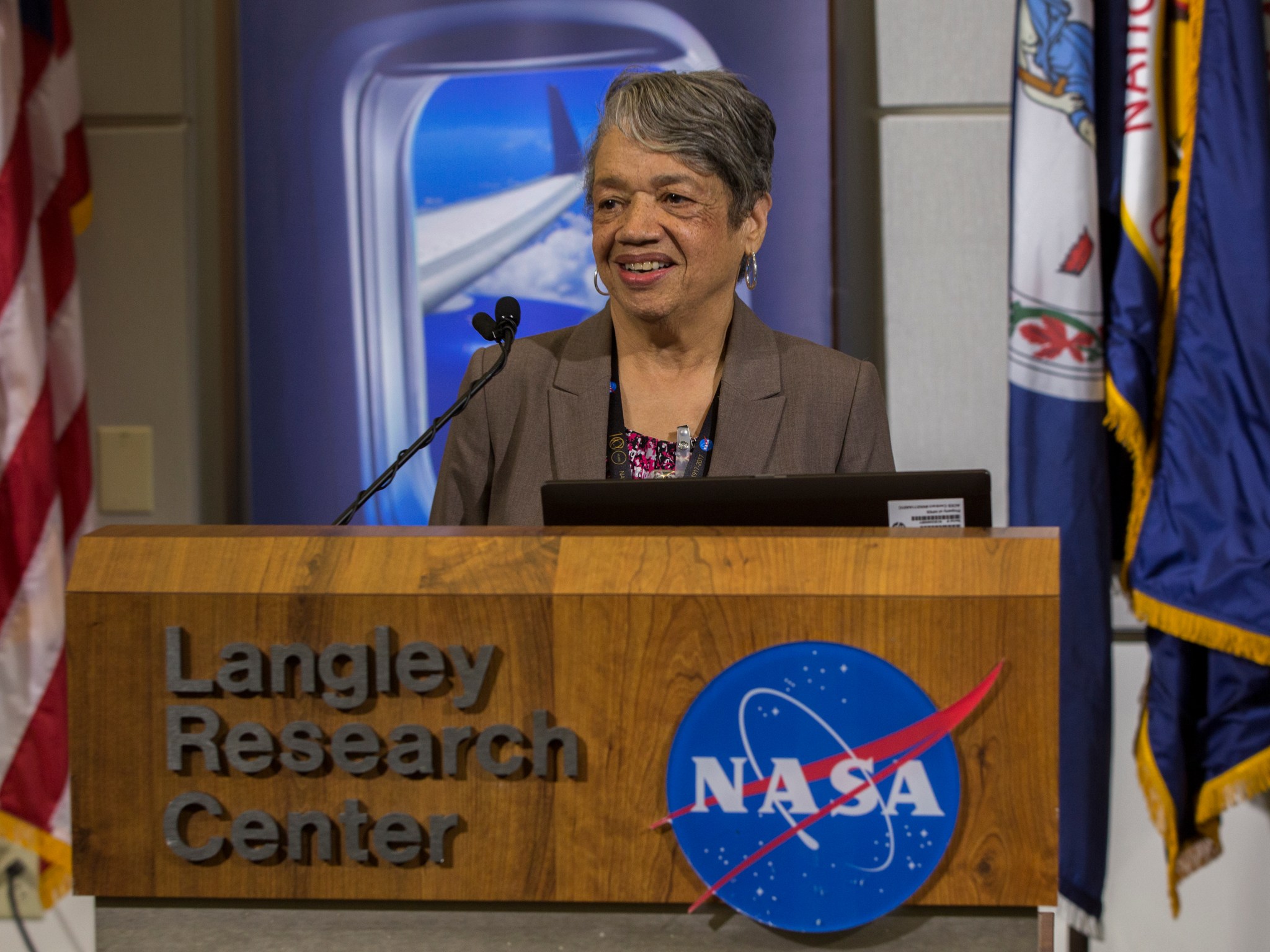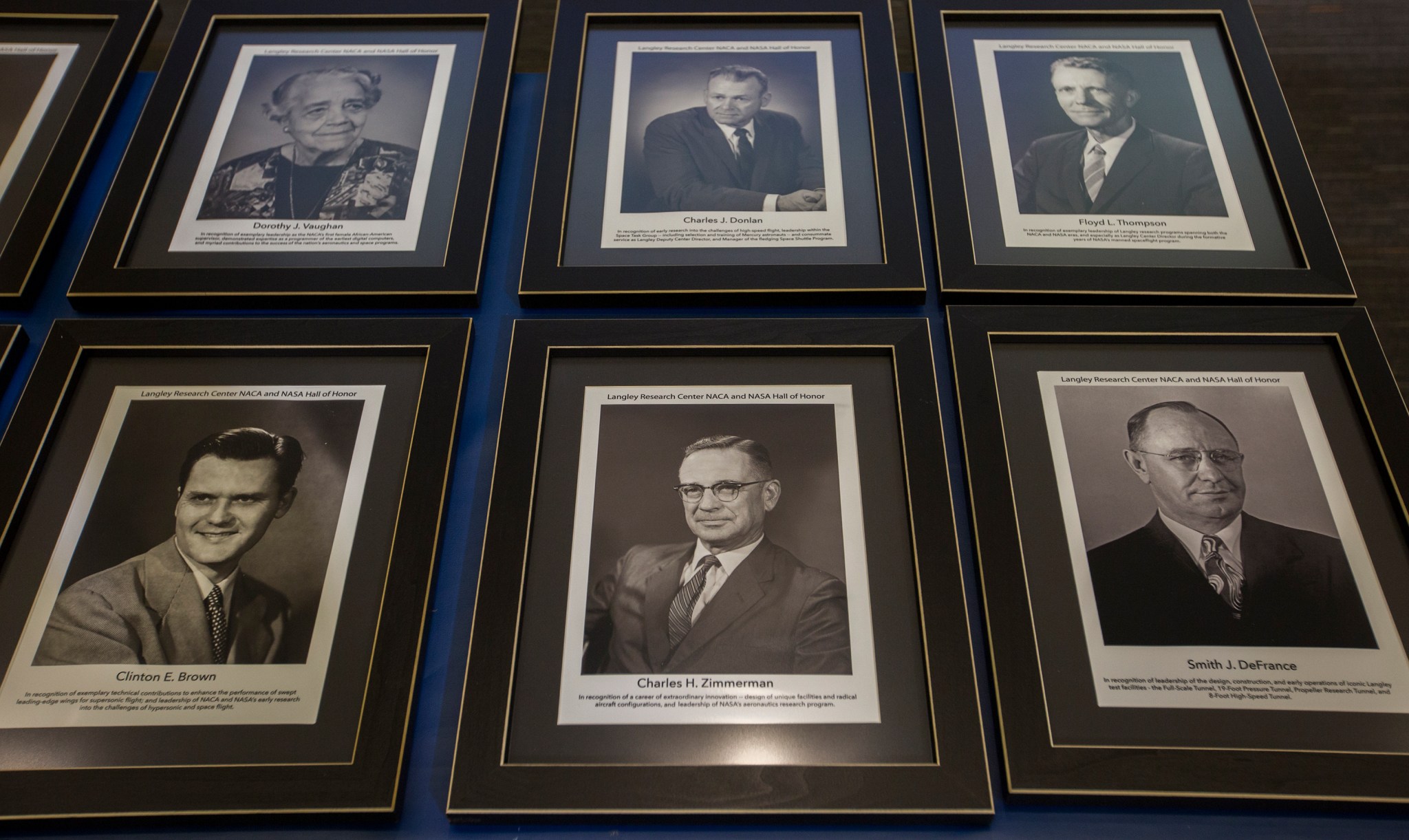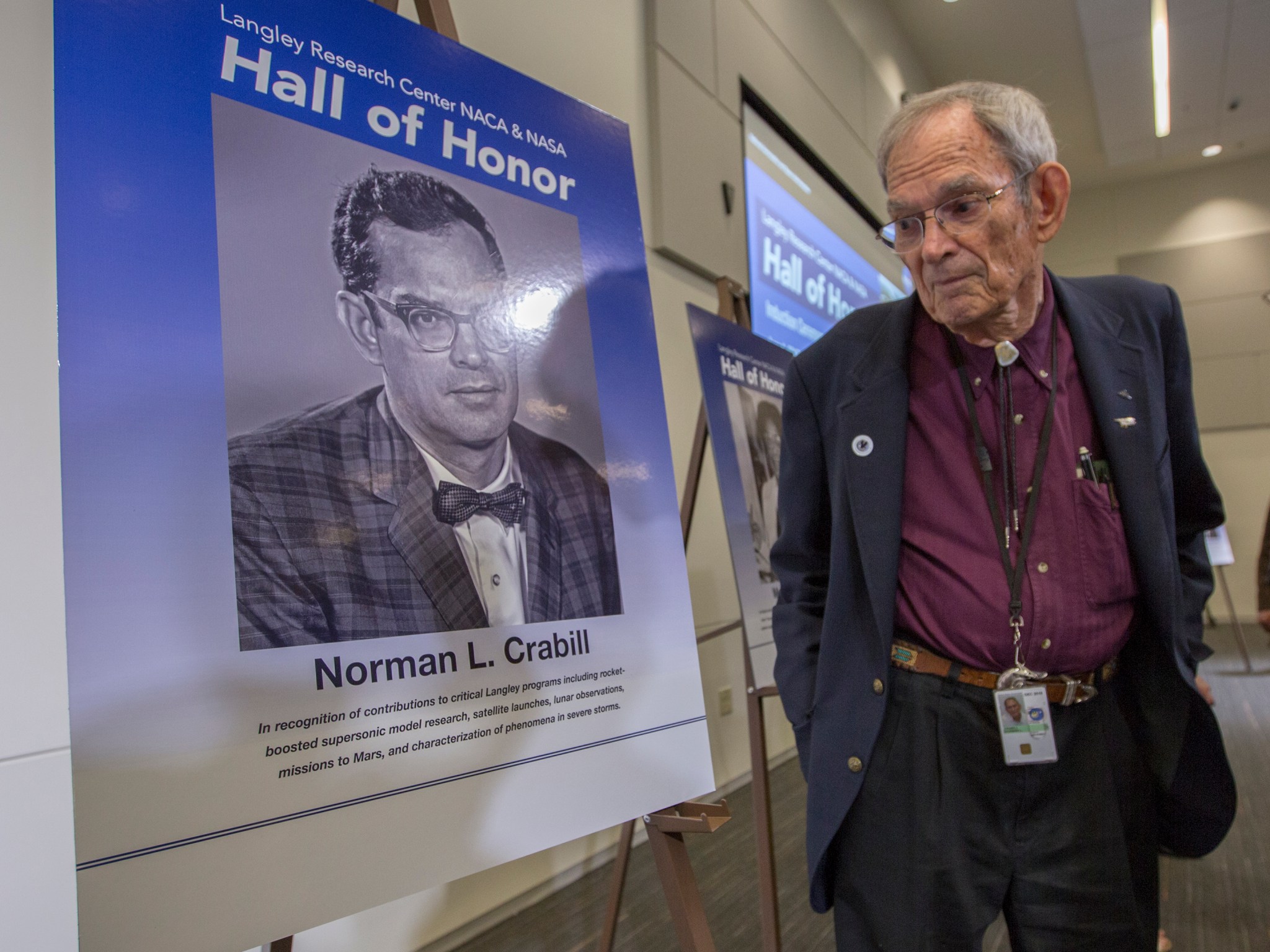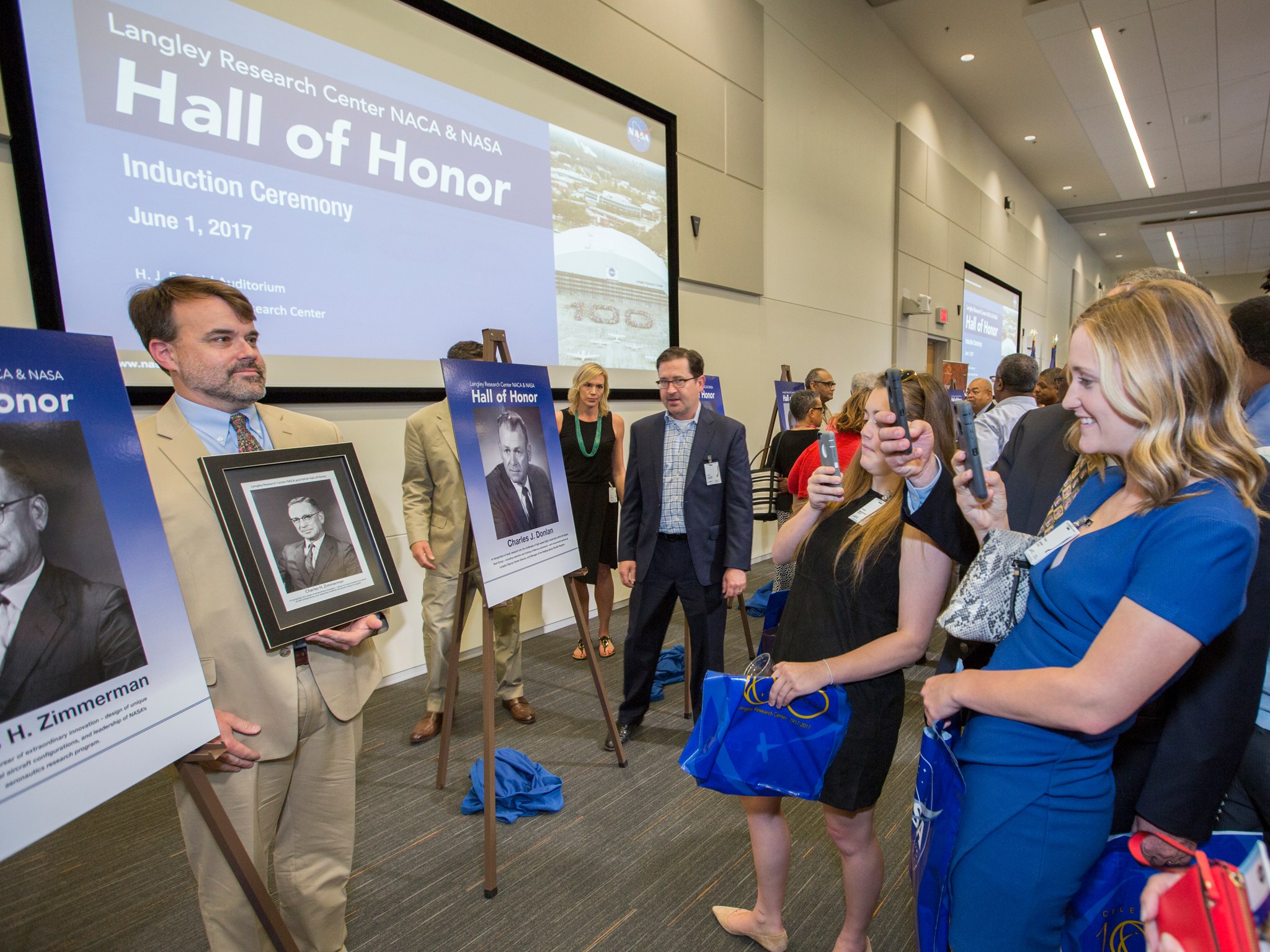Katherine Johnson is enjoying her second life as a public face of scientific and social progress – even if she still remains humble and understated.
“I didn’t expect all of this,” she said.
Johnson, who said she was just doing her job at NASA’s Langley Research Center in Hampton, Virginia, for 33 years, was glad to work on getting answers to the agency’s critical questions.
“The questions they had asked me, I had answers for,” she said. “And that was my job – to answer questions.”
Many platitudes can be thrown the way of Johnson and the rest of NASA Langley’s newest members of its Hall of Honor. The one phrase that can do them justice is “problem solvers.”
Johnson was among 18 people who helped change the course history in aviation, space exploration, science – and even race relations – inducted into the NASA Langley Hall of Honor on June 1.
“These are the people who helped us establish a worldwide reputation for technical excellence – a reputation that we continue today,” said Center Director Dave Bowles. “We’re very proud of that.”
The Hall of Honor was conceived by members of the Langley Alumni Association and NASA Langley as a way to pay tribute to individuals who built exemplary careers at Langley, persevered against the status quo when required, and achieved revolutionary scientific understanding and technological progress on the frontiers of the aerospace sciences.
It is formally called the Langley Research Center National Advisory Committee for Aeronautics (NACA) and National Aeronautics and Space Administration (NASA) Hall of Honor. The first induction ceremony was held in 2015, where 19 people were honored, as part of the celebration of the 100th anniversary of the NACA, which became NASA in 1958.
Most of the 18 inductees were recognized posthumously. The inductees who could make the event were showered with praise and applause from the dozens of attendees.
Christine Darden, keynote speaker and former NASA Langley aerospace engineer, spoke of each of the inductees and what they contributed to the agency’s goals in their various disciplines.
The 18 inductees have a total of 609 years of experience at NACA/NASA, and all but four of them worked for both agencies.
“The contributions are high-impact contributions that have changed not only the course of aerospace or atmospheric sciences technology, but also the course of history in the United States and, in some instances, the world,” Darden said.
Achievements were recognized in 10 categories: atmospheric sciences, computing, flight environment, facilities, innovation, management and leadership, Mars, military aircraft, advanced composite structures, and supersonics.
Speakers included Hampton Mayor Donnie Tuck and U.S. Rep. Robert C. “Bobby” Scott.
“When you look at the bios of individuals being honored here today, there are things that stand out,” Tuck said.
Those accomplishments range from one of the first men to break the sound barrier to three female African-American “human computers” portrayed in the film “Hidden Figures” last year.
“I hope that we will all be inspired to continue their tradition and break new ground and to continue to pioneer a new way forward into space,” Scott said.
The inspiration generated by the inductees was felt after the ceremony, as Johnson was approached by people of all backgrounds to give their thanks and appreciation to her – and to get a picture with her.
“I’m glad people are still interested,” Johnson said.
Below are the citations for the Hall of Honor class of 2017:
Clinton Brown
In recognition of exemplary technical contributions to enhance the performance of swept leading-edge wings for supersonic flight; and leadership of NACA and NASA’s early research into the challenges of hypersonic and space flight.
Robert Champine
In recognition of an extraordinary career as an NACA and NASA test pilot – pioneering flight evaluation of research aircraft ranging from supersonic (X-1) to helicopters; development of simulators critical to the training of Mercury, Gemini, and Apollo astronauts; and leadership of astronaut training.
Norman Crabill
In recognition of contributions to critical Langley programs including rocket-boosted supersonic model research, satellite launches, lunar observations, missions to Mars, and characterization of phenomena in severe storms.
Smith DeFrance
In recognition of leadership of the design, construction, and early operations of iconic Langley test facilities – the Full-Scale Tunnel, 19-Foot Pressure Tunnel, Propeller Research Tunnel, and 8-Foot High-Speed Tunnel.
Charles Donlan
In recognition of early research into the challenges of high-speed flight, leadership within the Space Task Group – including selection and training of Mercury astronauts – and consummate service as Langley Deputy Center Director, and Manager of the fledging Space Shuttle Program.
Cornelius Driver
In recognition of sustained advocacy for, and engineering leadership of, NASA programs to provide the technological foundation for civil commercial supersonic transports and other revolutionary aerospace concepts and configurations.
Roy Harris Jr.
In recognition of extraordinary technical contributions and leadership of NASA research on supersonic civil and advanced military aircraft, and service to programs of critical national security interest.
Harvey Hubbard
In recognition of pioneering contributions to the understanding of aircraft noise generation and suppression mechanisms, leading to dramatic reductions in aircraft noise; and conception and establishment of the Langley Aircraft Noise Reduction Laboratory.
Mary Jackson
In honor and recognition of the ambition and motivation that enabled her career progression from “human computer” to NASA’s first African-American female engineer, and subsequent career supporting the hiring and promotion of other deserving female and minority employees.
Katherine Johnson
In recognition of contributions to the development of methodologies for analysis of manned mission (from Mercury to Apollo) and satellite (Echo) trajectories, and dynamic control of large space structures.
Joel Levine
In recognition of a career of unparalleled contributions to the scientific understanding of the atmospheres of Mars and the Earth, and a sustained leadership role in defining the scientific objectives of future Mars exploration activities.
James Martin Jr.
In recognition of extraordinary leadership as Assistant Manager of the highly successful Lunar Orbiter Project, and as Manager of the Viking Project that placed the first two successful landers on the surface of Mars.
M. Patrick McCormick
In recognition of pioneering development of remote sensing capabilities (both space-based and ground-based), and research analyses that have significantly contributed to scientific understanding of the Earth’s atmospheric processes.
Edward Polhamus
In recognition of extraordinary aerodynamic insights which enabled practical variable sweep wings and vortex flow control for high-performance military aircraft; and vision, advocacy, and leadership which led to realization of the National Transonic Facility.
James Starnes Jr.
In recognition of personal contributions, and leadership of pioneering research in advanced metallic and composite structures, that heralded their use in aircraft, spacecraft, and launch vehicles.
Floyd Thompson
In recognition of exemplary leadership of Langley research programs spanning both the NACA and NASA eras, and especially as Langley Center Director during the formative years of NASA’s manned spaceflight program.
Dorothy Vaughan
In recognition of exemplary leadership as the NACA’s first female African-American supervisor, demonstrated expertise as a programmer of the earliest digital computers, and myriad contributions to the success of the nation’s aeronautics and space programs.
Charles Zimmerman
In recognition of a career of extraordinary innovation – design of unique facilities and radical aircraft configurations, and leadership of NASA’s aeronautics research program.
- For full bios and photos of all 18 honorees, visit our Hall of Honor website.
- For more images from the ceremony, visit our Flickr gallery.
- For more about NASA Langley centennial public events, click here.


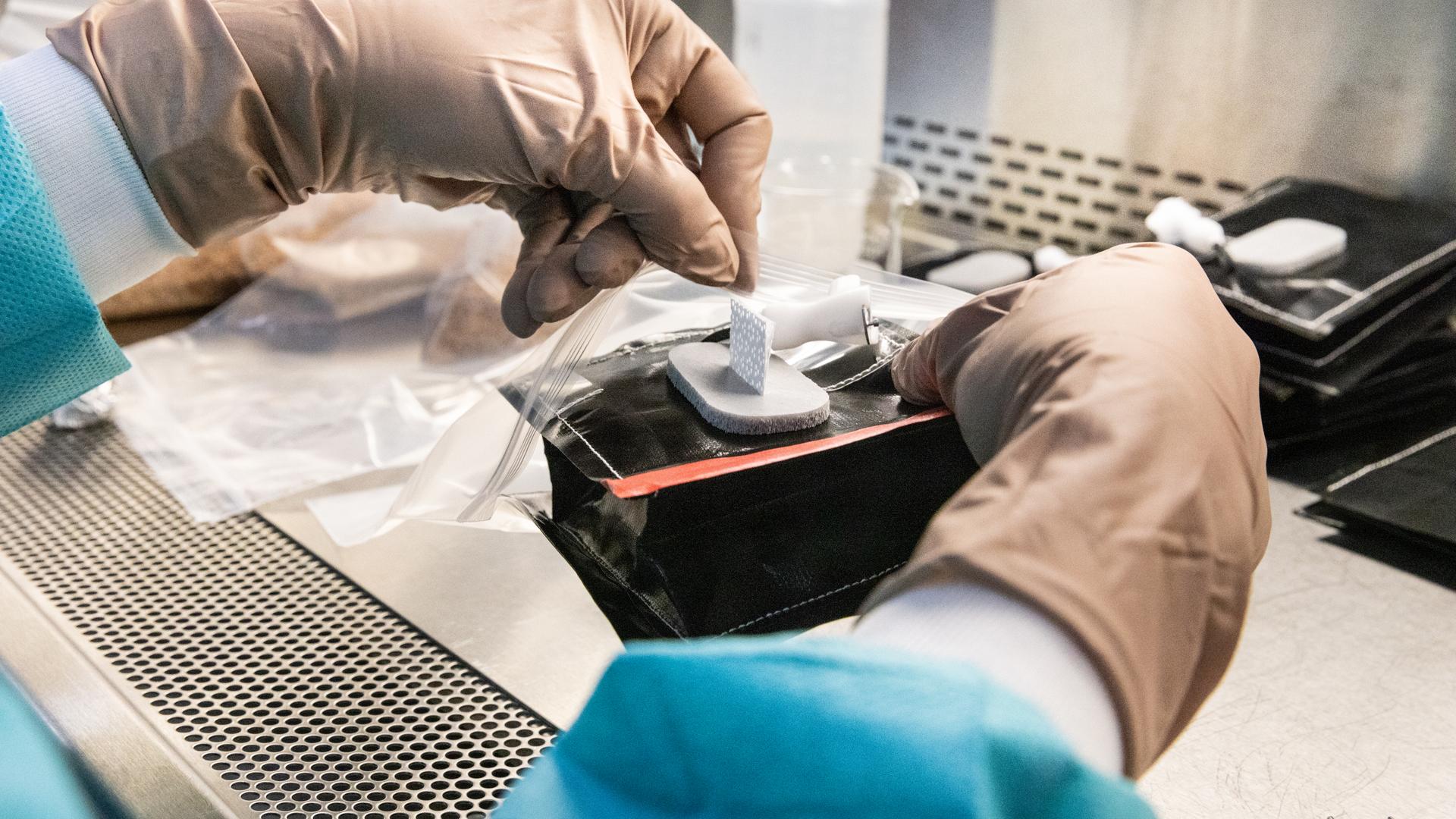

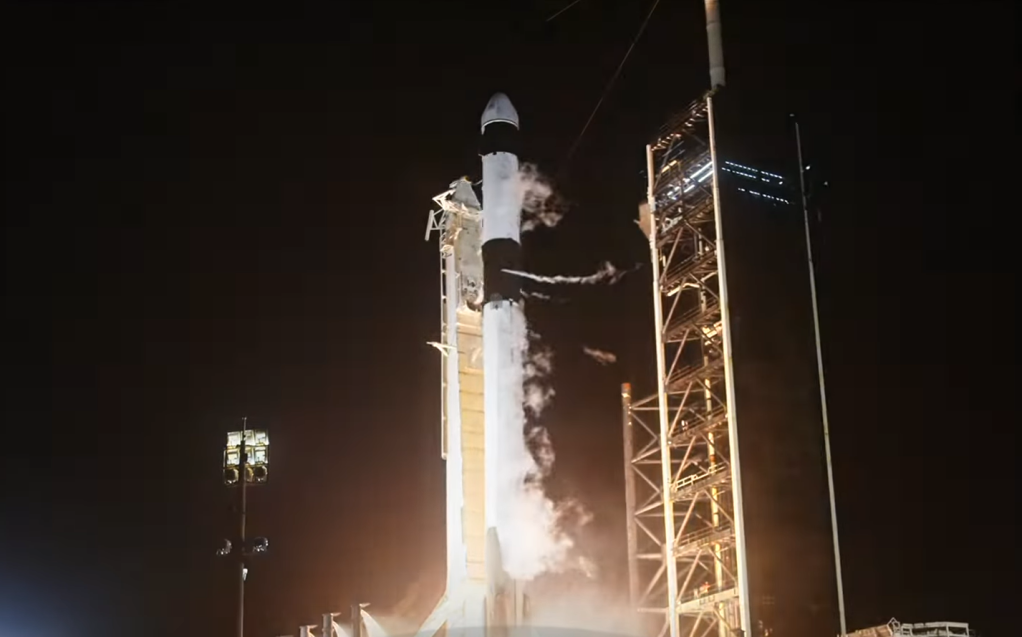



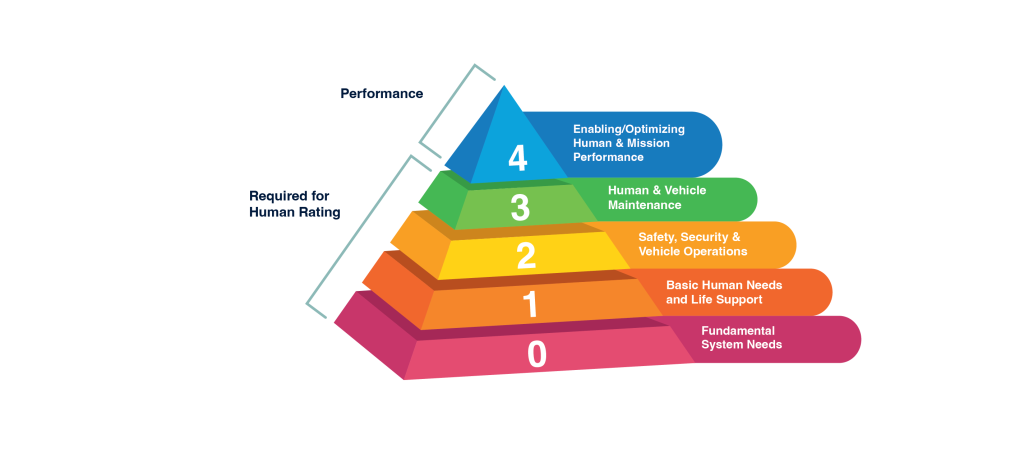
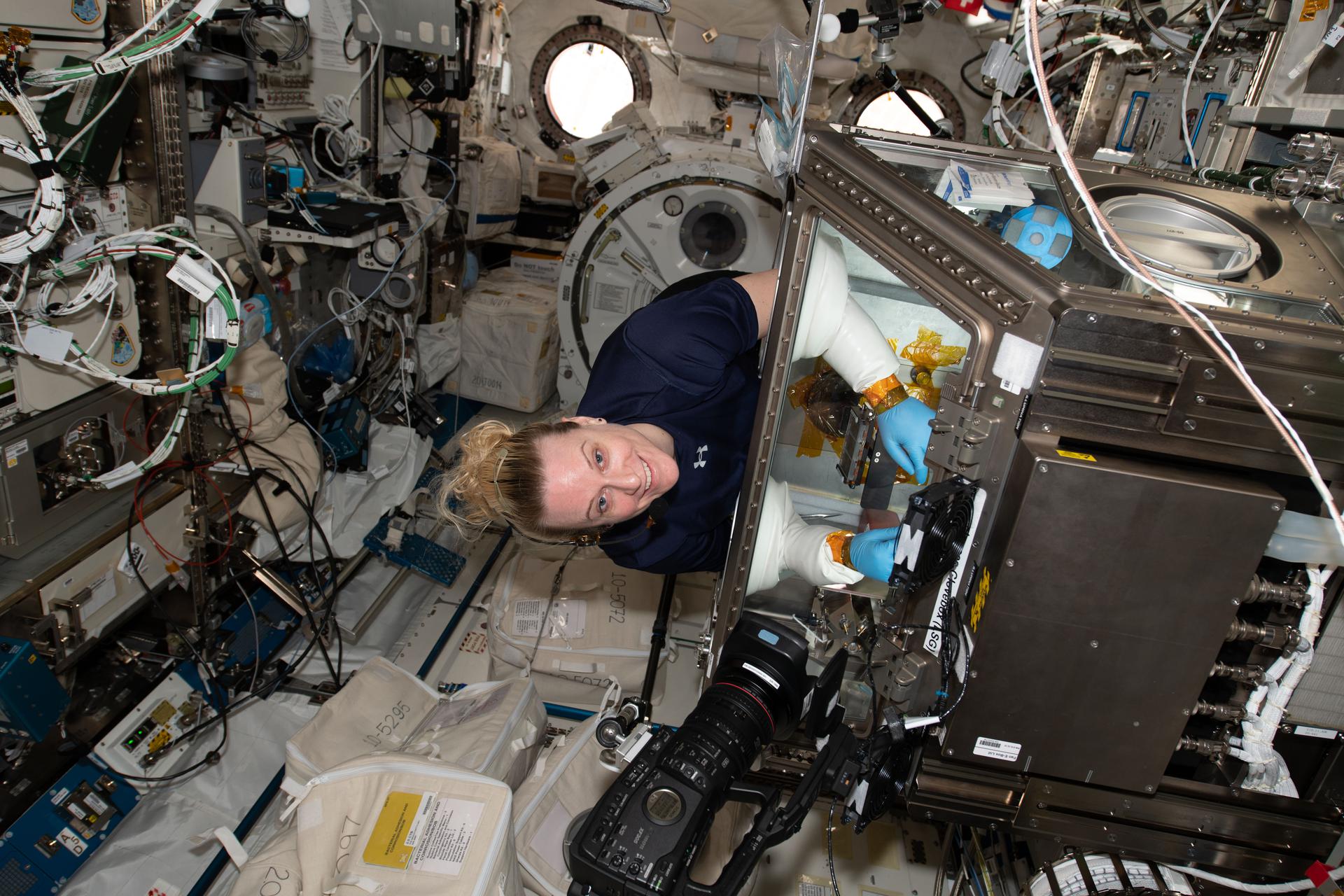
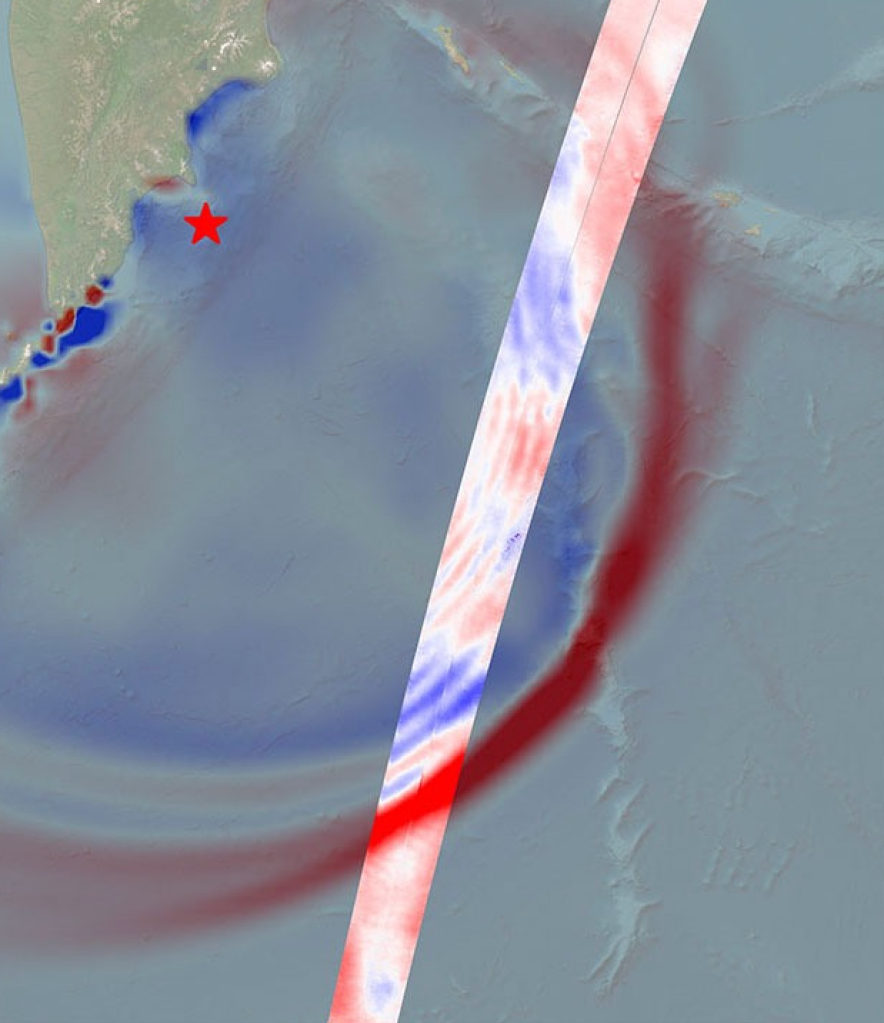





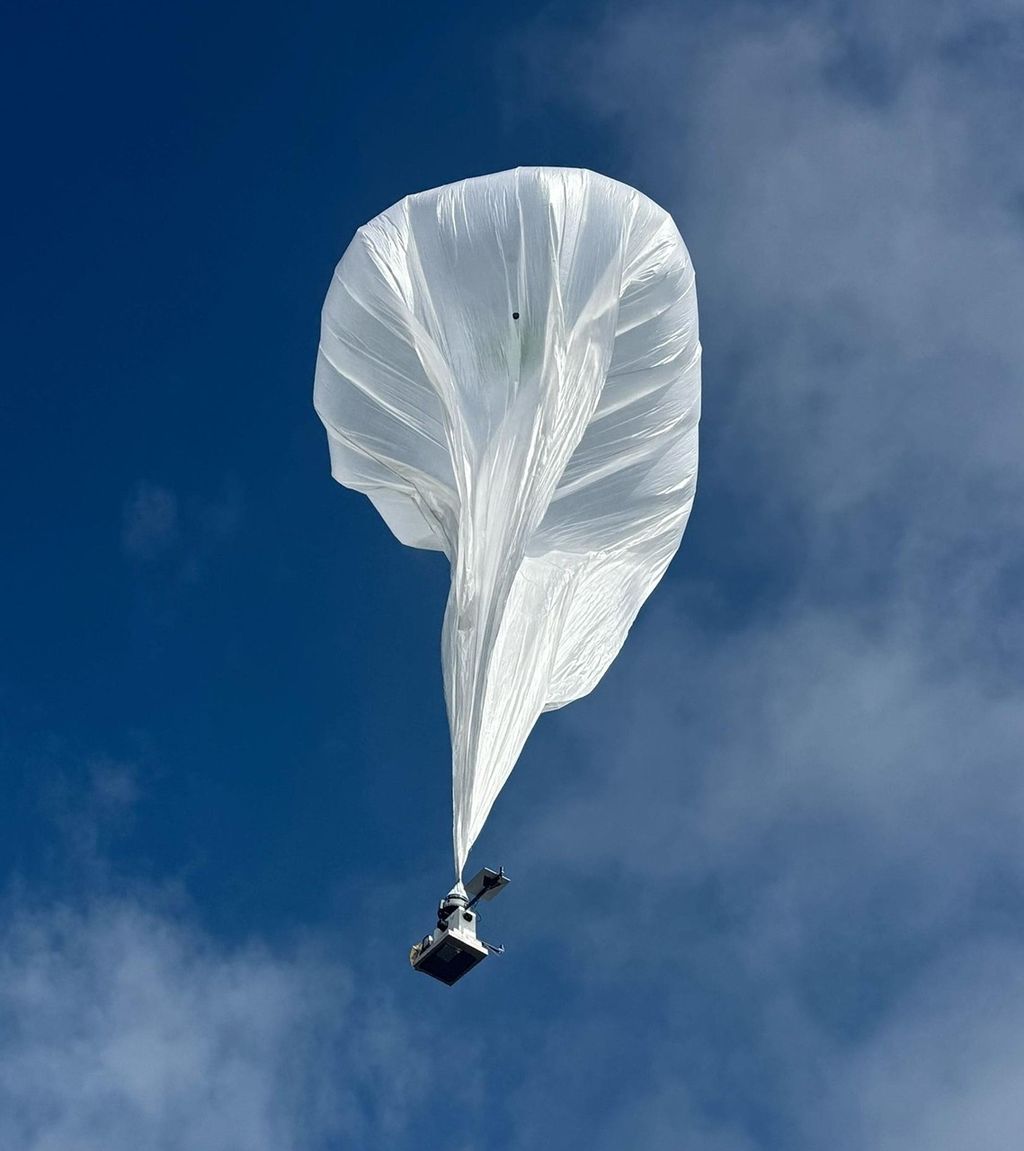







-Carolyn_Y._Ng.jpeg?w=1024)


